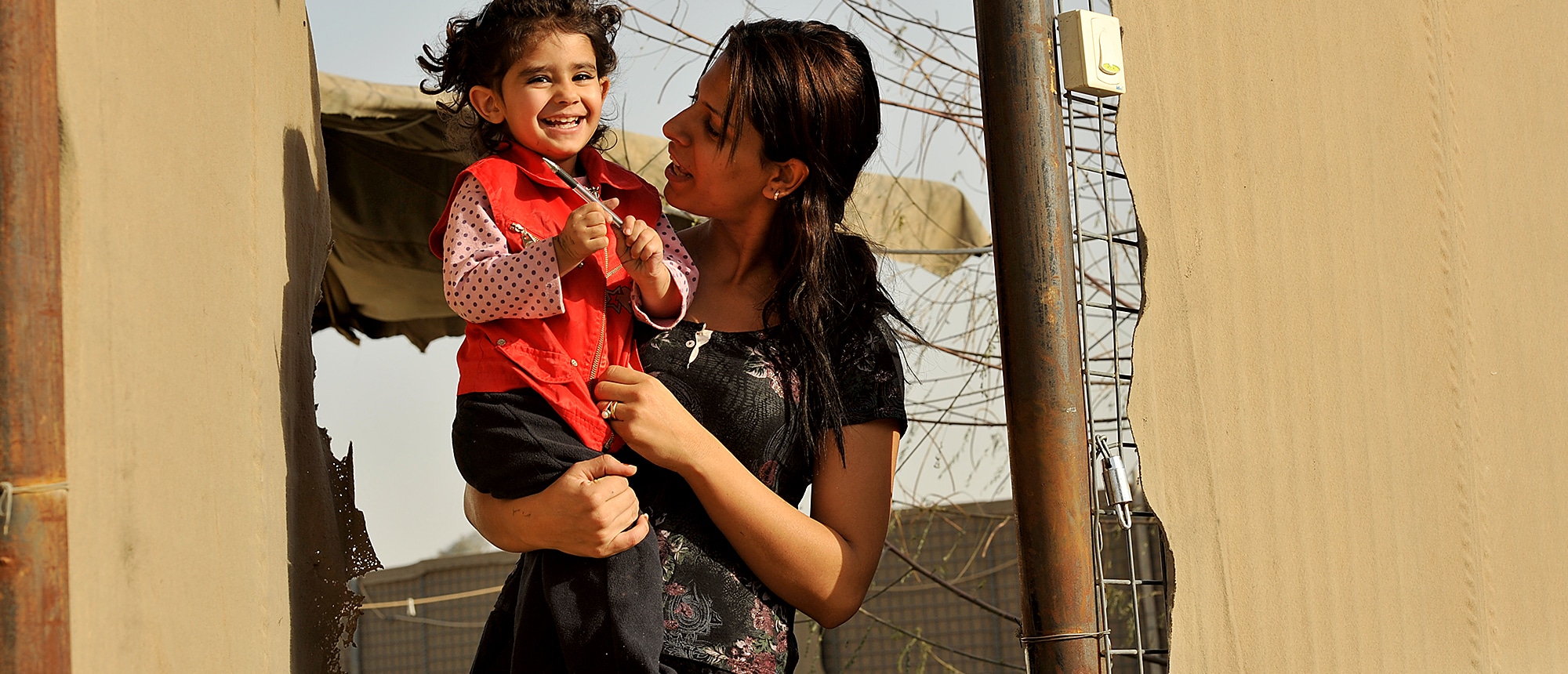USAID Progress
Here are just a few examples of what less than one percent of the total federal budget can accomplish, when it is dedicated to development assistance.
Health
- More than 3 million lives are saved every year through USAID immunization programs.
- Oral rehydration therapy, a low cost and easily administered solution developed through USAID programs in Bangladesh, is credited with saving tens of millions of lives around the globe.
- In the 28 countries with the largest USAID-sponsored family planning programs, the average number of children per family has dropped from 6.1 in the mid-1960s to 4.2 today.
- Life expectancy in the developing world has increased by about 33 percent, smallpox has been eradicated worldwide, and in the past 20 years, the number of the world’s chronically undernourished has been reduced by 50 percent.
- The United Nations Drinking Water Supply and Sanitation Decade, in which USAID played a major role, resulted in 1.3 billion people receiving safe drinking water sources, and 750 million people receiving sanitation for the first time.
- More than 50 million couples worldwide use family planning as a direct result of USAID’s population program.
- In the past 50 years, infant and child death rates in the developing world have been reduced by 50 percent, and health conditions around the world have improved more during this period than in all previous human history.
- Since 1987, USAID has initiated HIV/AIDS prevention programs in 32 countries, and is the recognized technical leader in the design and development of these programs in the developing world. Over 850,000 people have been reached with USAID HIV prevention education, and 40,000 people have been trained to support HIV/AIDS programs in their own countries.
- USAID child survival programs have made a major contribution to a 10 percent reduction in infant mortality rates worldwide in just the past eight years.
Food
- Forty-three of the top 50 consumer nations of American agricultural products were once U.S. foreign aid recipients. Between 1990 and 1993, U.S. exports to developing and transition countries increased by $46 billion.
- With the help of USAID, 21,000 farm families in Honduras have been trained in improved land cultivation practices which have reduced soil erosion by 70,000 tons.
- Agricultural research sponsored by the United States sparked the “Green Revolution” in India. These breakthroughs in agricultural technology and practices resulted in the most dramatic increase in agricultural yields and production in the history of mankind, allowing nations like India and Bangladesh to become nearly food self-sufficient.
- Early USAID action in southern Africa in 1992 prevented massive famine in the region, saving millions of lives.
- U.S. exports of food processing and packaging machinery have increased from about $100 million in 1986, to an estimated $680 million in 1994. This huge increase is due partly to USAID-funded projects that have increased supplies of agricultural raw materials for processing and have given potential processors the information, technical assistance and training they needed to start or expand their businesses.
- Investments by the United States and other donors in better seeds and agricultural techniques over the past two decades have helped make it possible to feed an extra billion people in the world.
Democracy & Self-Governance
- There were 58 democratic nations in 1980. By 1995, this number had jumped to 115 nations.
- USAID provided democracy and governance assistance to 36 of the 57 nations that successfully made the transition to democratic government during this period.
Sustainability & the Environment
- Over the past decade, USAID has targeted some $15 million in technical assistance for the energy sectors of developing countries. U.S. assistance has built a $50 billion annual market for private power. U.S. firms are capturing the largest share of these markets, out-competing Japan and Germany.
Economic Growth & Financial Independence
- Eighty thousand people and $1 billion in U.S. and Filipino assets were saved due to early warning equipment installed by USAID that warned that the Mount Pinatubo volcano was about to erupt in 1991.
- After initial USAID start-up support for loans and operating costs, Banco Solidario (BancoSol) became the first full-fledged commercial bank in Latin America dedicated to microbusiness. BancoSol serves about 44,000 small Bolivian businesses, with loans averaging $200 each. The bank now is a self-sustaining commercial lender that needs no further USAID assistance.
- Millions of entrepreneurs around the world (many of them women) have started or improved small businesses through USAID assistance.
Education
- Literacy rates are up 33 percent worldwide in the last 25 years, and primary school enrollment has tripled in that period.

